IoT and Big Data: A Powerful Combination
In the digital age, the convergence of the Internet of Things (IoT) and big data has emerged as a transformative force across various industries. As IoT devices proliferate, generating vast amounts of data, the ability to analyze and derive insights from this information has become crucial. This article explores the powerful combination of IoT and big data, examining how they work together, their applications, benefits, challenges, and future prospects.
Understanding IoT and Big Data
What is IoT?
The Internet of Things refers to a network of interconnected devices that communicate and exchange data over the internet. These devices, equipped with sensors, software, and other technologies, can collect and transmit data in real-time. IoT encompasses a wide range of applications, from smart home devices and wearables to industrial machinery and smart cities.
What is Big Data?
Big data refers to the vast volumes of structured and unstructured data generated at high velocity from various sources. This data is characterized by the “three Vs”: volume, velocity, and variety. Big data analytics involves using advanced tools and techniques to process and analyze this data, uncovering patterns, trends, and insights that can inform decision-making.
The Synergy Between IoT and Big Data
The combination of IoT and big data creates a powerful synergy that enhances the capabilities of both technologies. IoT devices generate massive amounts of data, which can be harnessed and analyzed through big data analytics. This integration allows organizations to gain deeper insights into their operations, improve efficiency, and drive innovation.
1. Data Generation
IoT devices continuously collect data from their environment, including temperature, humidity, location, and user interactions. This data is transmitted to centralized systems for analysis. The sheer volume of data generated by IoT devices is a key driver of the big data phenomenon, as organizations must find ways to store, process, and analyze this information effectively.
2. Real-Time Analytics
The combination of IoT and big data enables real-time analytics, allowing organizations to make informed decisions based on current data. For example, in manufacturing, IoT sensors can monitor equipment performance and detect anomalies in real-time. By analyzing this data, organizations can implement predictive maintenance strategies, reducing downtime and improving operational efficiency.
3. Enhanced Decision-Making
The insights derived from big data analytics can significantly enhance decision-making processes. Organizations can identify trends, forecast demand, and optimize resource allocation based on data-driven insights. For instance, retailers can analyze customer behavior data collected from IoT devices to tailor marketing strategies and improve customer experiences.
4. Automation and Optimization
The integration of IoT and big data facilitates automation and optimization across various sectors. For example, in smart cities, IoT sensors can monitor traffic patterns and adjust traffic signals in real-time to optimize traffic flow. Similarly, in agriculture, IoT devices can collect data on soil conditions and weather patterns, enabling farmers to optimize irrigation and fertilization schedules.
Applications of IoT and Big Data
The combination of IoT and big data has far-reaching applications across various industries:
1. Healthcare
In healthcare, IoT devices such as wearables and remote monitoring systems generate vast amounts of patient data. By analyzing this data, healthcare providers can gain insights into patient health trends, improve treatment plans, and enhance patient outcomes. For example, continuous glucose monitors can provide real-time data to help diabetic patients manage their condition more effectively.
2. Smart Cities
IoT technologies are integral to the development of smart cities, where data from various sources is analyzed to improve urban living. Sensors can monitor air quality, traffic patterns, and energy consumption, enabling city planners to make data-driven decisions that enhance sustainability and quality of life. For instance, smart waste management systems can optimize collection routes based on real-time data, reducing operational costs and environmental impact.
3. Manufacturing
In the manufacturing sector, IoT devices are used to monitor equipment performance, track inventory, and optimize production processes. By analyzing data from these devices, manufacturers can identify inefficiencies, reduce waste, and implement predictive maintenance strategies. This data-driven approach leads to increased productivity and cost savings.
4. Agriculture
IoT and big data are transforming agriculture by enabling precision farming practices. Sensors can monitor soil moisture, temperature, and crop health, providing farmers with real-time data to optimize irrigation and fertilization. By analyzing this data, farmers can make informed decisions that enhance crop yields and reduce resource consumption.
5. Retail
In the retail industry, IoT devices can track customer behavior and preferences, providing valuable insights for marketing and inventory management. By analyzing data from connected devices, retailers can tailor promotions, optimize product placement, and enhance the overall shopping experience.
Benefits of the IoT and Big Data Combination
1. Improved Efficiency
The integration of IoT and big data leads to improved operational efficiency across various sectors. Organizations can identify inefficiencies, streamline processes, and optimize resource allocation based on data-driven insights.

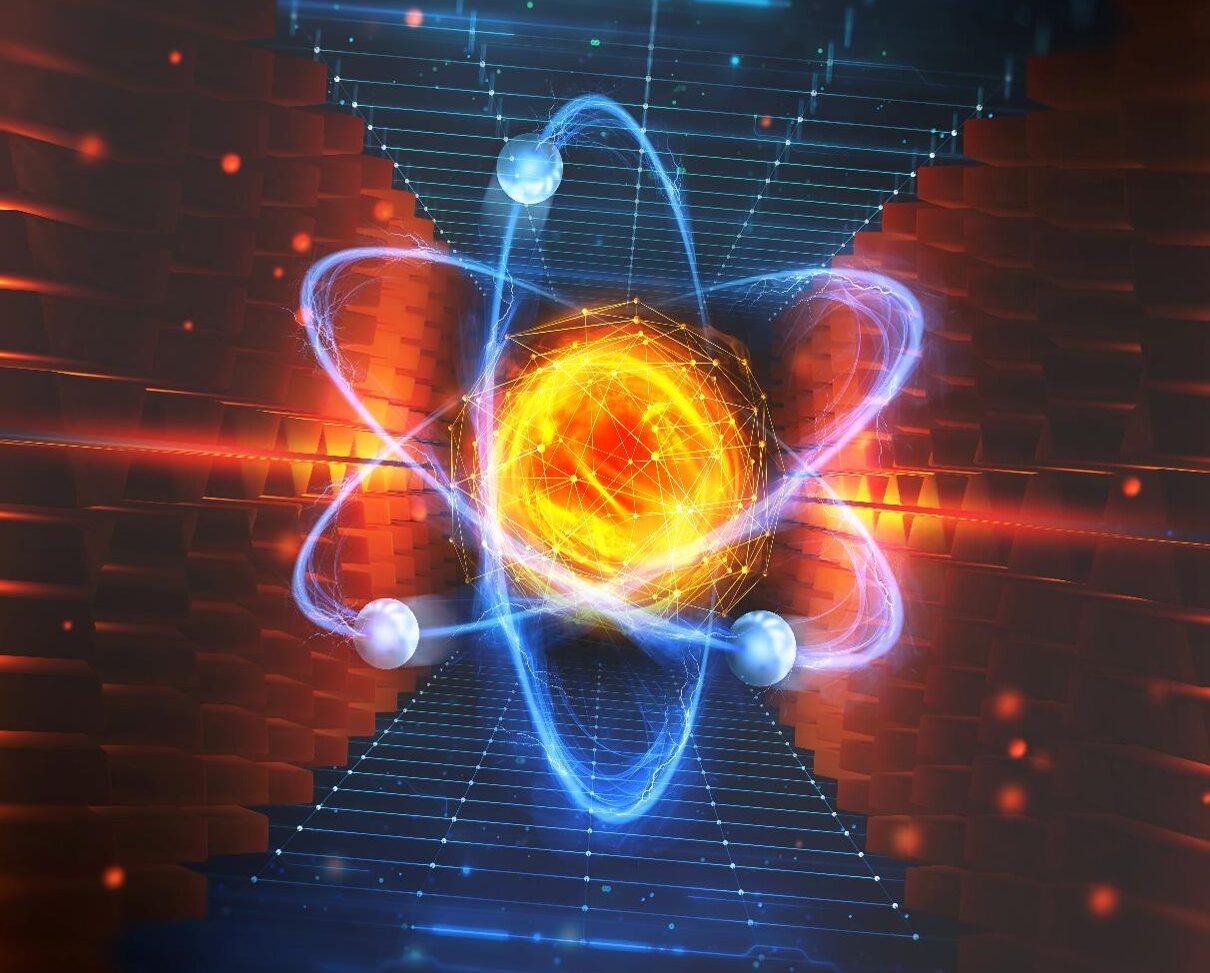

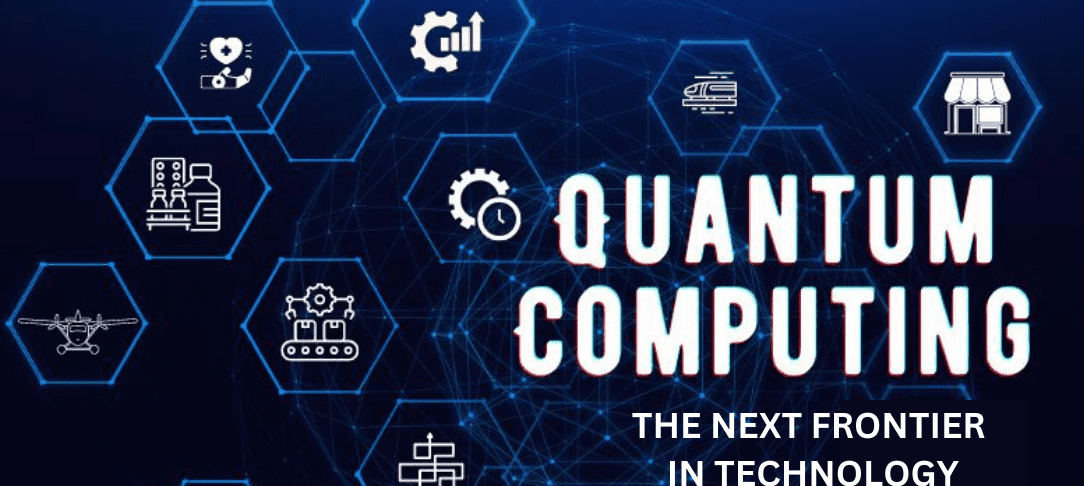
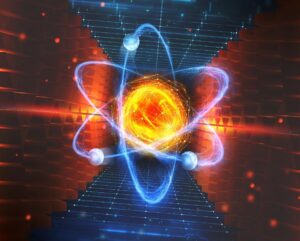



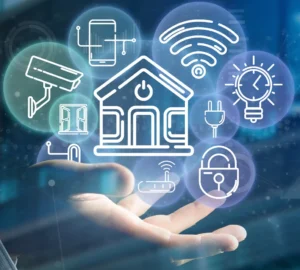
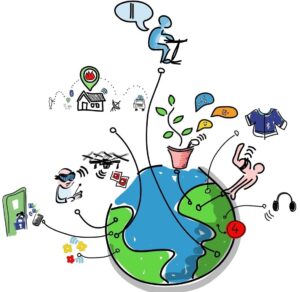
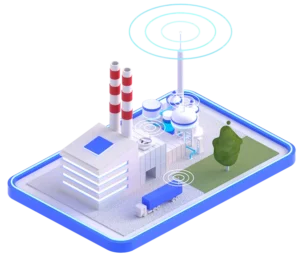
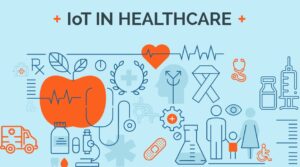

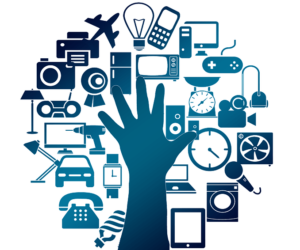
Post Comment